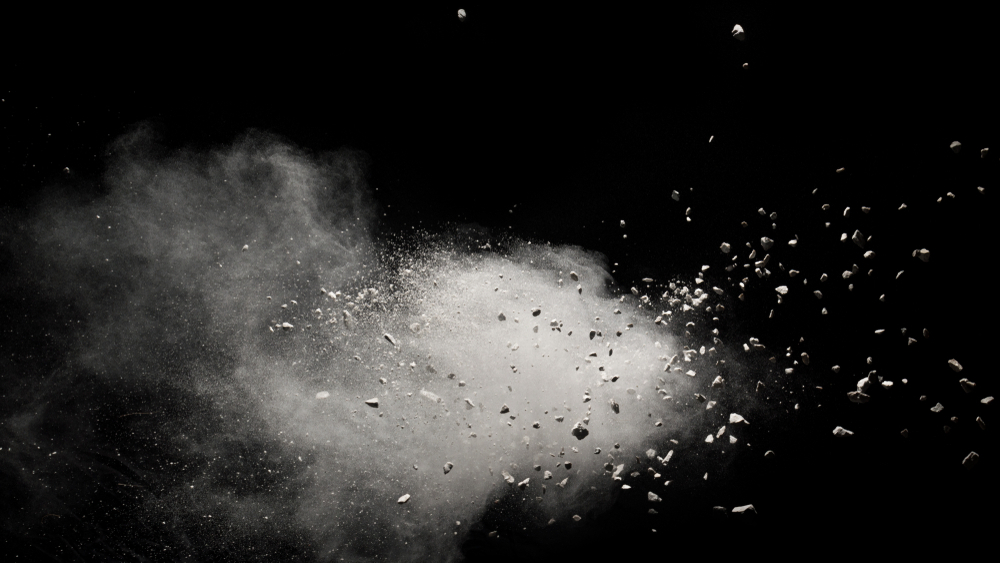5 most frustrating things about robot vacuums — and how they’re getting solved

The shortcomings of robotic vacuums have practically reached meme status. As the saying goes, anyone who's concerned about the singularity need only look at robovacs to have all their fears assuaged. And anyone who owns a robovac has probably experienced that personally.
We've all heard the horror stories.
Of blissfully unaware vacuum cleaners that turn a pet accident into a scene from a horror movie.
In light of all this, robovacs don't seem like a very attractive prospect. Manufacturers have been keenly aware of that fact for a while now, though. And they're taking measures to address each and every pain point experienced by their customers.
Below, you'll find a few of the most prominent.
Running in circles

Robotic vacuums, especially older models, don't exactly have the greatest pathfinding. On the contrary, it sometimes seems like they actively seek out furniture so they can crash into it. It's almost a guarantee that when you run the vacuum, it's going to find the worst spot possible.
Then it's going to get stuck there. Repeatedly. No matter how many times you pull it out.
The issue here can be traced back to how these devices work. Older units tend to either use bumper sensors on their sides, or cameras that allow them to passively map their surroundings. It's something called inertial navigation — and it's completely random.
Which means that whenever your robovac cleans your house, there's a good chance you'll discover it repeatedly slamming itself into a table.
Watch your wires

Robovacs don't require sustenance. But if they did, their favorite food would be wires. Their second favorite would be literally anything else you don't want your vacuum to eat.
Unfortunately, most automated vacuums have this annoying tendency to glom up everything that crosses their path. And if you're using a combination mop/vacuum, the problem is even worse, especially if you have carpet.
Because there's a good chance that robot is going to happily bumble its way onto whatever carpeting happens to be nearby, especially if it happens to be mopping at the time.
Oh, and it also ate your favorite pair of earrings after accidentally knocking them off your nightstand. But not before it unplugged your computer, tore up your shoelaces, and knocked over a few valuable art pieces. Just because.
The pet disaster

It's every robovac owner's worst nightmare. At first, you think it will be a day just like any other. You're on your way back from work, looking forward to relaxing when you get home.
As you open the door, you notice an odd smell.
Then you see it. Your pet had a minor accident while you were at work. Ordinarily, that wouldn't be a big deal.
Except for the fact that said accident happened right before your robovacs regular cycle. What was originally a small mess is now not only smeared all over your house, but also on the bottom of the vacuum, as well.
Sounds pleasant, doesn't it?
The dust cloud problem

Especially for people with asthma and other respiratory issues, dust can be a huge problem. And that's not even getting into dust allergies, which are an entirely different can of worms. Unfortunately, that's another big shortcoming of robovacs.
They have a tendency to kick up dust clouds when they're running. And when it comes time to clean them, you're almost guaranteed to get a faceful (or worse, an eyeful) of the stuff. This is especially prevalent for people who live in dry climates, especially if they're in an older building or one without decent air circulation.
And while this can certainly be mitigated through the use of air purifiers, those don't help when you're trying to clean an overly-dusty vacuum.
Might as well just grab a broom?

For all that they're meant to add convenience to our lives, robovacs sometimes feel like they do the opposite. How often, for example, have you run yours only to later find that it missed a huge section of debris — or else somehow managed to track debris all over the place? How often have you run an automatic mopping robot, only to have to get down and scrub the floor anyway?
The issue is that because of their compact size, many robovacs simply don't have the suction power of a full-sized vacuum, or the mopping strength of...well, an actual mop. As a result, while they work just fine for general day-to-day cleanliness, you'll often have to take care of the deep cleans yourself.
How are robovac manufacturers solving these problems?

You'll be happy to know that robovac manufacturers are anything but clueless about these pain points. Quite the contrary, in fact. They've been working to find solutions for years — and their efforts have been paying off.
Most of the above frustrations are the result of poor pathfinding. To that end, one of the solutions is the same technology used to help prevent collisions involving self-driving cars: LiDAR, or Light Detection and Ranging. If you think that acronym sounds similar to radar (or RADAR), that's because it is. The two technologies function in an incredibly similar fashion.
An emitter releases a pulse, and monitors how it interacts with the surrounding area. LiDAR uses laser pulses, whilst radar uses radio waves. Consequently, radar is well-suited for detecting objects at long distances, whilst LiDAR is highly accurate and has a comparatively short range, making it ideal for 3D mapping.
Vacuums that leverage this technology, such as the Roborock S7, are capable of incredible accuracy and efficiency in cleaning, even in low-light situations. The accuracy of the LiDAR system also allows full customization of cleaning preferences via a companion app, which may include no-go zones or spot cleaning.

Many manufacturers have also begun incorporating artificial intelligence into their vacuums. The Roborock S6 MaxV, for instance, can identify common home obstacles such as shoes, socks, and wires, automatically cleaning around them. This adds another layer of convenience for customers, as they no longer need to worry about the vacuum 'eating' everything in its path — especially pet accidents.
The tech inside robovacs has been getting some serious upgrades in recent years, too. Once more referencing the S7, it leverages sonic mopping technology that allows it to scrub 3000 times per minute; this is the highest vibration rate in the industry. It pairs these vibrations with 2500Pa2 of suction power, allowing it to do full deep cleans entirely on its own.
Finally, advanced dust filtration systems and auto-empty docks are fast becoming the norm in robotic vacuums. The best ones are designed to reduce exposure to dust and other particles to as great a degree as possible, both emptying the vacuum and clearing out any errant debris as well. This means that not only are you able to worry less about allergens, but you also don't need to empty or clean your vacuum as often.
Robovacs don’t suck anymore

There was a time when automatic vacuum cleaners were more of a novelty than anything else. Those days are behind us, though. Innovations like those included in Roborock's latest products are fast becoming the norm, and robovacs are quickly becoming an indispensable part of the smart home.
Sign up to get the BEST of Tom's Guide direct to your inbox.
Get instant access to breaking news, the hottest reviews, great deals and helpful tips.
